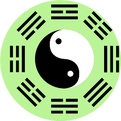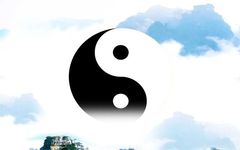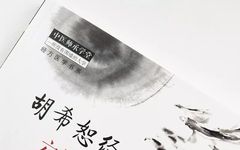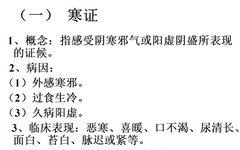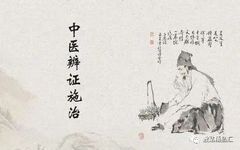Inheritance of Traditional Chinese Medicine: Differentiation of Cold and Heat in the Eight Principles
The Eight Principles: Exterior, Interior, Cold, Heat, Deficiency, Excess, Yang, Yin. Among these, Exterior, Heat, and Excess belong to Yang. Interior, Deficiency, and Cold belong to Yin. Therefore, Yin and Yang also have the overarching principle of the Eight Principles. Zhang Jingyue’s concept of “Two Principles and Six Transformations” is most fitting. The differentiation … Read more




